Autumn in the Wrangells
One of the best seasons here in the northern Wrangell Mountains is autumn. The nights are dark and starry, yet warm enough to enjoy first sightings of the Northern Lights. The mornings are clear and crisp, the mountains draped with ephemeral clouds that seem to come from within the mountains themselves. The afternoons are warm and sunny, with just enough clouds and breeze for perfect hiking.
As the temperatures and flower blooms drop, the first golden yellows and ochers appear on the willows and birch trees. In the stillness of these precious few last sunny mornings before the world goes to sleep under a thick winter blanket of darkness and snow, I enjoy absolute stillness and silence. The summer’s fleet of buzzing insects has gone, but the family of trumpeter swans still paddles the lake, gathering up their last meals before the long journey south. The perfectly still lake mirrors the steep sweep of gray scree tongues sliding down the red and brown mountains dotted with Dall sheep.
There’s something about the autumn sunrise and sunset light that you don’t see in the summer, an extra sharpness of edges along the mountain ridges and a clarity of definition between the water’s surface and the horizon. But it changes quickly and the edges are softened by clouds or the overhead sun. Autumn days are often gloriously sunny…in between rain storms or lazy drizzles that can last all night. I think it’s the contrast—of sun and rain, warmth and chill, abundant birdsong and thickest silence—that makes autumn here so rich. John Steinbeck says it better than I can: “For how can one know color in perpetual green, and what good is warmth without cold to give it sweetness?” (Travels With Charley: In Search of America, an excellent read btw). It’s the feeling in the air that something much colder and darker is on the way that makes me appreciate these autumn rays of sunshine and mellow temperatures.
The cooler days make working or hiking more pleasant, but the fading daylight and shortening days are persistent reminders to move quickly, get the most important things done. At least outside. We look forward to winter’s slower pace, the forced pause in building projects and outdoor work that happens with each snowfall, and the calm that follows summer’s stream of fish and visitors. As the birds start winging south and east, honking as they go, we’re always reminded of Rachel Field’s “Something Told the Wild Geese”:
Something told the wild geese
It was time to go.
Though the fields lay golden
Something whispered,—‘Snow.’
Leaves were green and stirring,
Berries, luster-glossed,
But beneath warm feathers
Something cautioned,—‘Frost.’
All the sagging orchards
Steamed with amber spice,
But each wild breast stiffened
At remembered ice.
Something told the wild geese
It was time to fly,—
Summer sun was on their wings,
Winter in their cry.
The Nabesna Road area is a really special place, any time of year, but there’s something especially magical during this transition from summer’s midnight sun to winter’s long sleep. Maybe it’s the veil thinning, or the anticipation of rest after a productive work season, or the millions of glittering dew diamonds on the trees clothed in gold, or the liquid syllables of the gloss-black raven scouting overhead, or the low call of a moose looking for its mate. Perhaps it’s just my imagination. Whatever the case, autumn in these mountains is a rare treat that we’re blessed to enjoy every year. We would be pleased to share it with you.





